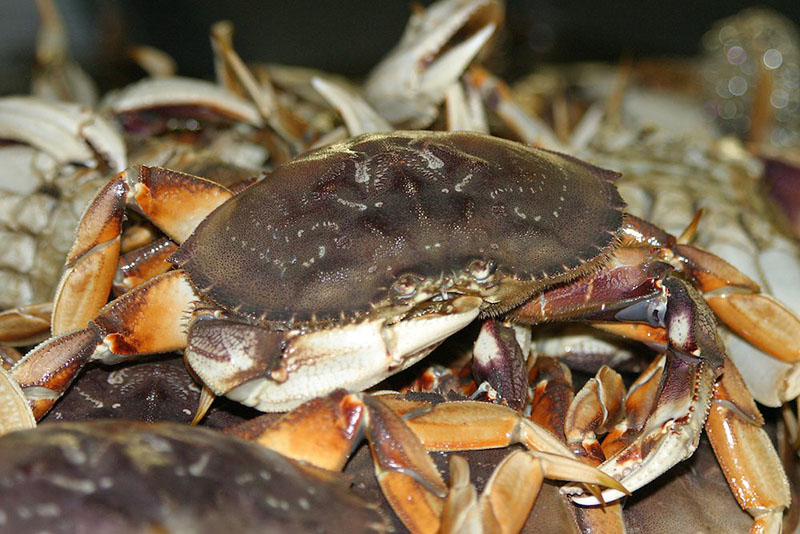Oregon crabbers had landed 20.07 million pounds of Dungeness as of August. Ex-vessel price negotiations and meat fill issues delayed the opening of the season until Dec. 31. And like other fisheries, the arrival of covid-19 put the stops on product flow to preferred markets.
As for the resource, the good times continue to roll for the crabbers. Based on average ex-vessel prices of $3.64 per pound this year’s revenues crunch out to $73.06 million. According to data from PacFIN, the Oregon fleet averaged $3.58 per pound for revenues of $66.7 million in the 2019 season.
Elsewhere along the West Coast, California fleets posted landings of 8.37 million pounds for revenues of $30.09 million, and Washington’s production hit 10.93 million pounds (no ex-vessel revenue available), according to data from PacFIN.
Though Oregon crabbers received an average $3.64 per pound for the entire season, some buyers drove high-end offers to $6.28 per pound in May.
The spike in prices, like other years, was paid for live crab, says Scott Adams, general manager of Hallmark Fisheries, in Charleston, Ore.
“There’s a huge market out there for anything alive, anything that swims or crawls,” he says. “The guys who jumped into the live market got a bit more.”
Adams says China was the driving force behind the market at the beginning of the season. With the arrival of covid in March, restaurants and other end markets, worldwide, began shutting down. The effects were felt immediately along the West Coast and other strong domestic markets for Dungeness crab.
“There were no restaurants. There were no buyers,” says Adams. “San Francisco. Crab shacks. Any place you could buy crab… sales stopped, period.”
That meant increased cold storage holdings as processors shifted their production from fresh product to frozen soldier packs and other frozen forms.
“Everyone had 1 [million] or 2 million pounds of crab lying around,” says Adams. As the months rolled on, the crab shacks and other restaurants built add-on spaces or large outdoor decks to offer social distancing and product began to flow.







